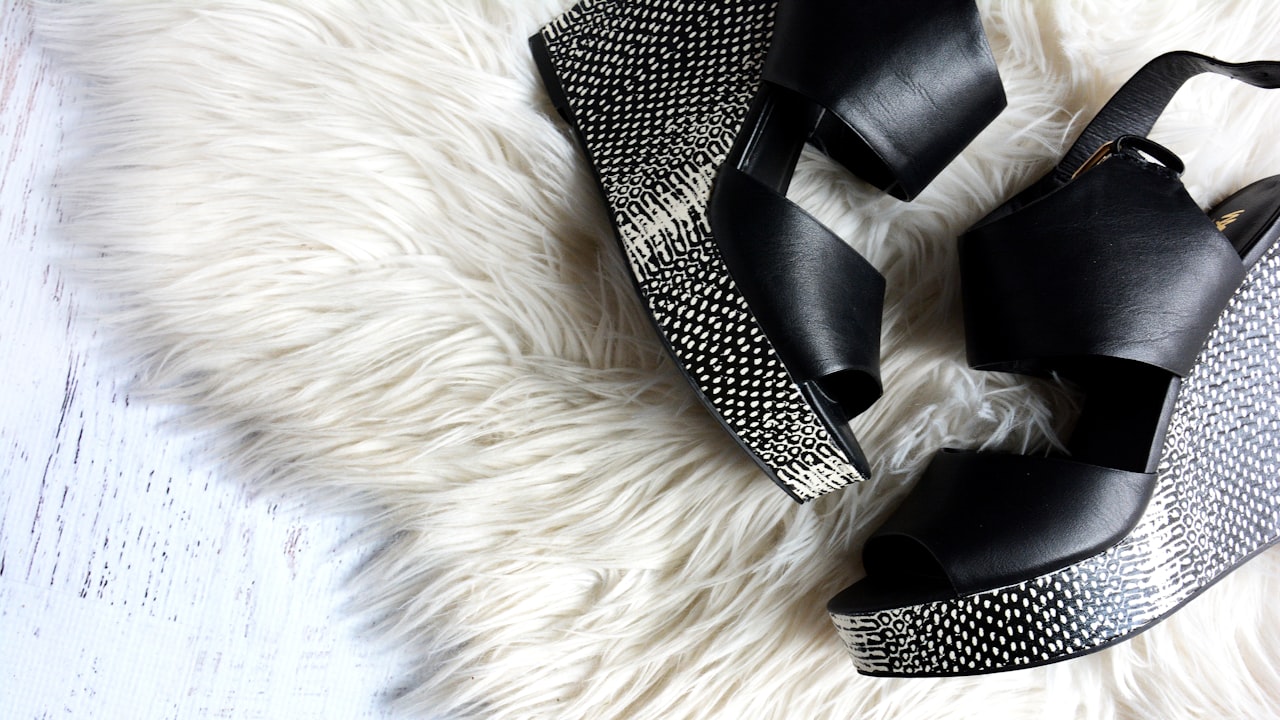The jelly shoes were a hit back in the 80s and have made a comeback lately. They are made from plastic materials like PVC, which is the most common. During processing, they are made rigid, texturized, and added color. Shoe lovers like them because they are light and come in different forms. Jelly shoes are available as sandals, wedges, heels, etc. They have several benefits, like being easy to clean, but also have significant drawbacks. They can be pretty hot during hot sunny days and cause blisters. In this extract, we highlight tips to prevent jelly shoes blisters.
Ways to prevent blisters caused by jelly shoes
Jelly shoes are one of the easiest shoes to wear. This makes them your go-to shoes when you need to dash somewhere or even for a function. It takes very little time to clean them so you can wear them the next day too. However, there are limitations to wearing them, a major one being blistering. The following are ways to prevent them.
1. Jelly shoes shouldn't be worn for prolonged walking
This reason may seem strange to many, considering how light the shoes are. By the way, who doesn't want to feel free and less burdened with shoes? Despite that optimistic outlook, jelly shoes are not the best for walking. The constant rubbing of your foot on the plastic results in friction, creating blisters. Blistering in cold weather is less severe compared to sunny weather. On a hot day, your feet are more likely to sweat, making the skin soft. Softer skin is more prone to chaffing. Therefore, save the shoes for those short escapades or functions.
2. Powder sprinkling
Blisters are the most common with jelly shoes, but you can suffer hot spots and calluses too. Pouring powder in enclosed jelly shoes creates a barrier between it and your feet. If the shoes are open, dabbing some of it on your soles would be an excellent option to reduce friction. Remember, sweating is common when there's too much heat. Besides forming a barrier, the powder keeps your feet dry by removing excess moisture. Always use the powder before steeping out or carry it along in case of discomfort.
3. Petroleum jelly application
Like the powder, petroleum jelly is perfect for reducing friction. It minimizes rubbing between the jelly shoes and your feet. As a lubricant, petroleum jelly makes the foot slide. Avoid oiling your soles when wearing sandals, as your feet will slip out often. In such a situation, powder application is best. When wearing closed jelly shoes, apply the oil on your feet and rub evenly to avoid oil collection on the shoes. The beauty of using jelly is that it is readily available and affordable, so you can use it anytime.
To sum up
Jelly shoes are stylish shoes with a wide range of designs for adults and kids. They are lightweight, easy to clean, and wear compared to other shoes. They may feel uncomfortable at times, but the tips above will help you solve their shortcomings. They ensure maximum comfort during long walks or any other activity.


